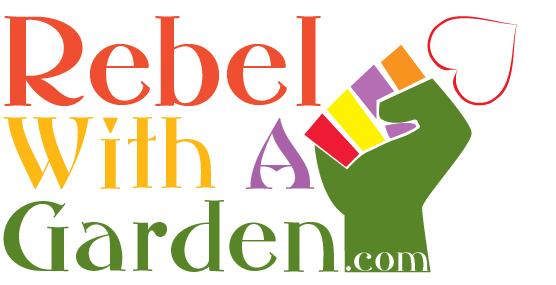‘Do you really eat that? Or you do …. with that’?
Something that has nothing to do with eating!
There is one that looks like a hybrid of a caveman’s club and medieval torture device.
That is… Jelly Melon.
You might have seen them at farmers markets. Rarely, at grocery stores.
They have other names such as Kiwano horned fruit, African horned cucumber or melon, hedged gourd, melano and blowfish fruit.
As its name Cucumis Metuliferus suggests, it is close to cucumber and melon family.
With its sharp spikes, it has possibilities of being used for self-defense or offensive purposes. So you better handle it with care. Make sure to put gloves when harvesting or handling.
It has yellow-orange rind and lime-green jelly-like flesh that you see in cucumbers and passion fruits.
The flavor will give hints of banana, lime, kiwi or cucumber.
That tropical flavor!
Jelly melon is native to hot, dry climates of southern Africa. As such, it will find zone 10 and above home.
They need longer growing season. But you can still grow them in other lower zones.
In my zone 6B, I was able to grow without even knowing it. As usual, I started seeds early, and planted after frost.
But I completely forgot where I planted as I plant many varieties of cucumbers and melons.
This cucumber was all green, no flowers for the whole season. I had the trellis and it was growing vigorously. End of the season, I saw some flowers.
Then I pulled the trellis and left the vine on the ground. Close to the frost, I found 3 big fruits on the ground.
I was lucky to have late frost.
But by starting early indoors and giving shelter at the end will help you grow this melon in lower zones.
How to Grow Jelly Melons
They grow only from seeds and seeds can be purchased from seed catalogs that carry exotic vegetables.
Remember it is from hot climates. So it needs plenty of sun.
And well-drained and rich soil with lot of compost to keep moist.
Those in higher zones can plant the seeds directly in the soil after the last frost in spring. Plant them about 1 inch deep, with about 18 inch space in between.
Others in the lower zone can start the seeds about 4-6 weeks earlier indoors.
Plant seedling after the last frost.
Water them regularly to keep the soil moist. But to improve the flavor, cut back on watering close the ripening time. Too much water at the time might lead to fruit-splitting.
Its green yellow skin will become orange color and it is ready to be harvested.
As they are long vines, they need support. So a trellis with netting is a better choice. Or plant them close to fences.
Once the hot summer temperature goes up, they grow fast.
How to use Jelly Melons
They can be eaten raw, sucking out the pulp or used as snack or in salad, salsa or cocktail.
You can cook them as well.
So enjoy growing this exotic fruit/vegetable that will start conversations in the garden.
